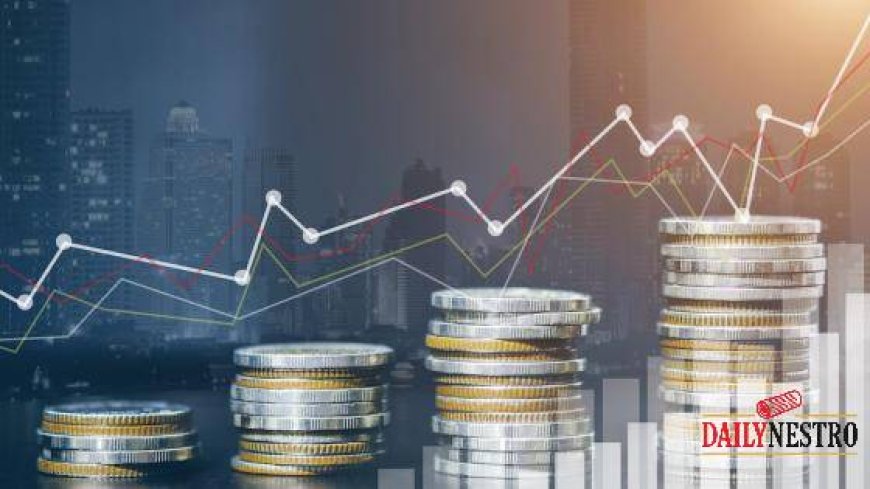Central Banks Hit Pause- But Markets Sense the End of Cheap Money
Global central banks, from the Fed to the ECB, are pausing rate cuts, signaling the end of cheap money. The dollar rallies, tech funding slows, and emerging markets brace for a new financial reality.

The world’s central banks are sending a clear message: the era of easy money is over.
After months of rate cuts to cushion slowing economies, major central banks, including the U.S. Federal Reserve, the European Central Bank (ECB), and the Bank of Japan (BoJ), have all signaled a pause in monetary easing, promoting a ripple effect across global markets.
The dollar rallied to a five-month high, and the yen tumbled past ¥160 per dollar. Equity markets from Asia to Europe ended October with mixed emotions. Investors are beginning to realize that liquidity-driven growth is losing its appeal and that genuine productivity, rather than cheap borrowing, will define the next phase of the global economy.
The Fed Blinks First and the World Follows
According to Reuters’ Global Markets View (Oct 31, 2025), the Federal Reserve’s latest statement signaled that “further cuts are unlikely in the near term” as inflation was around 2.8%, above its 2% target.
While the ECB echoed this stance, warning that wage pressures remain sticky in Europe, Japan took a cautious turn, tightening liquidity after the yen’s free fall rattled domestic investors.
For emerging markets like Nigeria, this global monetary reset means two things:
- Capital flows could shrink as investors return to U.S. dollar assets.
- Local currencies may face renewed pressure as foreign exchange demand spikes.
In simple terms, if dollars become “expensive” again, economies dependent on imports or external borrowing (like many across Africa) will feel the squeeze.
The Dollar Is Back on the Throne
The U.S. Dollar Index climbed 2.4% in October, marking its best monthly performance since early 2024. For global corporations, that’s both a blessing and a curse:
- Exporters in Asia see profit margins thinning.
- Import-dependent economies face higher costs.
- Commodity markets, from oil to gold, remain volatile as pricing adjusts to the dollar’s strength.
“This is a classic end-of-cycle currency rally,” said analysts at JPMorgan, noting that while inflation is easing, policymakers fear cutting too deep and reigniting another bubble.

Tech Funding Faces a New Reality
The AI and semiconductor boom that defined 2024–2025 may now hit a cautious phase.
Venture funding, already down 18% quarter-on-quarter, according to Crunchbase, could fall further as borrowing costs rise.
For startups in Africa’s growing tech ecosystem, that means one thing:
capital discipline. Investors will prioritize sustainable models over hype.
Still, there’s a silver lining with global funds looking to diversify; Africa’s fintech and clean-tech startups could attract capital fleeing volatility in Europe and Asia.
Markets React and Reset
- Asian stocks ended mixed. Japan’s Nikkei fell 0.7%, while Hong Kong’s Hang Seng gained 0.4% on tech optimism.
- European shares stabilized after a volatile month.
- Wall Street futures hovered near record highs, driven by strong earnings from Microsoft and Nvidia despite monetary tightening.
The Guardian’s Business Live update noted that UK housing prices rose modestly in October, calling the market “resilient” proof that not all sectors are cooling off.
Looking Ahead: A New Phase of Stability or Stagnation?
The big question is whether this synchronized pause leads to stability or stagnation.
If central banks hold rates too long, they risk choking fragile recoveries. But cut too soon, and inflation could roar back.
For African policymakers, especially Nigeria’s Central Bank (CBN), this moment demands agility using targeted credit programs and fiscal coordination to keep growth alive while defending the naira.
Forward Insight:
“The next bull market won’t be built on cheap credit; it’ll be built on innovation, productivity, and real economic value.”
— Dailynestro, October 2025
Sources:







